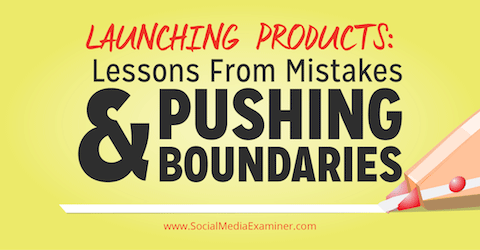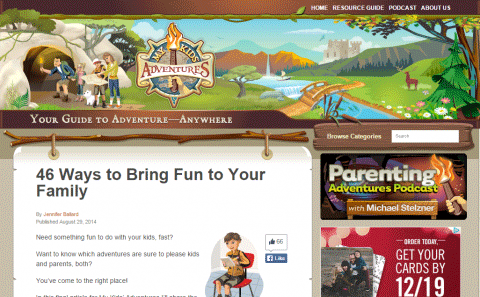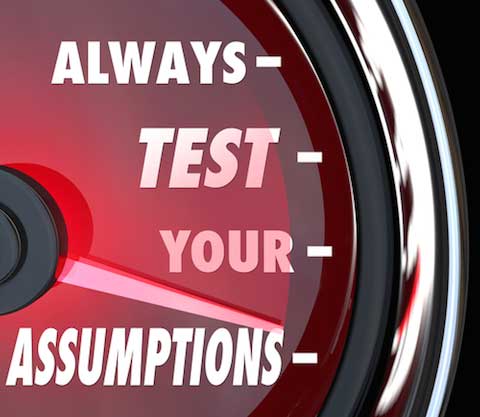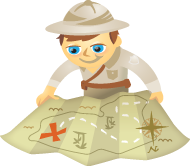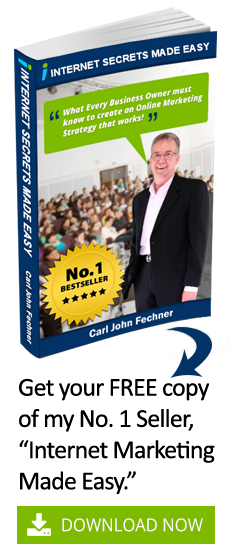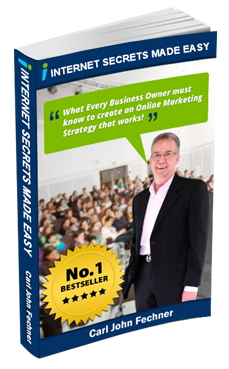Thinking of launching a product, service or even a company? Want ideas of what to do and what not to do? In this special episode, we’re going to talk about how to push the boundaries when you launch. Thanks to Michael Stelzner for writing this article.
More About This Show
The Social Media Marketing podcast is an on-demand talk radio show from Social Media Examiner. It’s designed to help busy marketers and business owners discover what works with social media marketing.
We’re recording literally days prior to Social Media Marketing World 2015. I’m joined by Leslie Samuel, one of our senior managers who I’ve been working with since the fall.
We’re going to explore how to launch products and learn lessons from experience and a lot of mistakes.
You’ll get a behind-the-scenes look at what we do at Social Media Examiner to launch a product.
Launching Products
My experience launching
As an entrepreneur for the last 19 years, I’m constantly reinventing myself and launching new products.
In the last five and a half years or so, I have launched the Social Media Success Summit, Social Media Examiner, the Facebook Success Summit, the Small Biz Success Summit, the Content Marketing Success Summit, our now defunct networking clubs, this podcast, Social Media Marketing World, the Social Media Examiner Show, My Kids’ Adventures, the Parenting Adventures podcast, my book Launch and more.
Every time we launch something, it’s a completely new experience.
Lessons from failed launches
I’ll share what happened with My Kids’ Adventures. In July 2013 we launched a website designed to help busy parents do fun activities with their kids. I shut it down a year and a couple months later.
I learned when you launch something in a space that you do not have a lot of experience in, you need to do more research than I did.
My research process prior to launching My Kids’ Adventures included going to the library and to book stores and identifying popular blogs. While we made assumptions based on what we saw everyone else doing, we didn’t test whether our target audience (busy, working professionals) had the time to read, consume, do and share our content, even though they may have had the desire to do so.
Ways to test these assumptions would have been to go to trade shows attended by my target audience and talk to them or do a joint survey with a big website in that space to gather data.
One thing I learned was sometimes it’s better to go deep in a space where you are already successful than to try to go wide into a space where you don’t know anything.
There are so many niches where people have developed some success. They hear the word pivot and decide to dive into something new. Instead of doing that, the better thing to do is figure out something new that still fits with your existing audience.
The hardest thing in the world is to create an audience. And you can’t launch a product if you do not have an audience.
The Phases of a Product Launch
The research and definition phase
Whenever I get a new idea for a product, it starts with a spark in my brain. One of the first things I do is talk through my idea with people I trust to see whether or not my vision is crazy. I have these crazy ideas about every two months, and the vast majority of them never turn into anything.
After talking to a lot of people, and justifying why I thought this newest venture would be successful for busy marketers, I came up with a list of assumptions to test.
Last fall, I put together a readers’ survey. One of the questions was: “Pick which one of these you can most resonate with: I care more about strategy. I want to know how to do it. I don’t care about strategy.” It was testing the assumption that people want to be shown how to do things, rather than be told the theory behind them.
We came up with a series of questions, asked in different ways, like “do you agree or disagree?” or “pick only one from the following list.” We also asked demographic questions about role, company size, gender and more. After about a week, 4,500 marketers had taken the survey.
The key was this: We didn’t ask if they would want to buy this product; we wanted to identify our audience’s pain points. If we were correct and the pain points were accurate, then we knew a product that could solve these pain points would be very successful with this audience.
I share how we did deeper analysis by isolating our target market (the demographic of those who “strongly agree” they want to be shown how to do social media marketing) to create a profile of our exact audience. We used Survey Monkey, which allows you to isolate that specific demographic, and then developed a talking points sheet.
In addition to audience research, we did an extensive competitive analysis. We studied similar sites to see what they were doing, what features they have and how they structure their program, to see what was out there and what was lacking.
We are not of the mindset of release it and improve it as you go — we want to “wow” out of the gate. And to wow out of the gate, you’ve got to do a lot of work. We spent months on this phase.
The development phase
My development process always starts with a metaphoric visual that’s inside my head. I call it an inspiration shot. For this project, the inspiration shot was a hiker on a vista looking out into the horizon. It was such a strong visual for what we were going to be building that I gave that exact picture to Greg, our designer, and we started the process of mocking up design iterations.
We did a ton of back and forth to refine it until we came up with something amazing. A lot of people who work with designers accept the first draft. They don’t understand that this is a fun process. For this project, the visual changed a lot.
We have a masthead for all our projects. Social Media Examiner has Scout, who has a magnifying glass, in a jungle motif.
Social Media Marketing World has people on the beach with their iPads and iPhones in hand.
Each final graphic serves as the foundation for everything we develop. We create a sign, as well as different-sized graphics for all the platforms, Facebook open graph and Twitter card images, advertisements, PowerPoint templates and more.
When we had our final graphic for this project, we brought the image to the developer. We decided to build a responsive design from the ground up, so the developer had to take the masthead and put the structure around it to make sure it looks good on all devices.
We switched up development companies at the last minute, because in addition to availability, we wanted people who would push the envelope.
Never compromise on your vision. There’s always a way.
The reveal
The reveal starts with the tease. There are a bunch of interesting things we did to tease this. For example, I took a picture of a rock on my lap and said we’ve got something exciting coming out. Before that I showed a tiny piece of the actual illustration and people were guessing what it was. I have been drip-feeding information to my Facebook friends. Plus, we’ve been teasing it a little bit to the fans on our Social Media Examiner Facebook page, as well as on the Social Media Marketing World event page.
There’s no stronger marketing in the world than anticipation.
We are planning to do the reveal at the opening keynote at Social Media Marketing World. After the keynote, I’m going to say, “But wait, there’s one more thing.” There will be the picture of the rock on the screen and I’m going to call Leslie up on stage. We’re going to play a video and then Leslie will say a few words.
The whole idea is to get a lot of buzz and excitement. Part of our hope is people will come up to Leslie, thinking they know what the product is, and talk to him about it. That’s another form of research: affirmation testing.
For this launch, we are inviting people to join our founders list. I did this with My Kids’ Adventures. I got 1,000 people on that list who were excited about what we were doing, and I would drip feed them awesome videos about the launch. That part of My Kids’ Adventures was a huge success.
We are building the founders list for this launch because we want to build anticipation. We’ll only offer this product to those who are on the founders list. And we are only using the video to spread the word.
Once people resonate with the video, they’re going to self-select and get onto the founders list, which is hopefully our ideal audience. We’ll drip them content over time and ultimately reveal to them what it is we have to sell that they can now get.
What do you think? What are your thoughts on launching products? Please leave your comments below.
Time to launch photo, Test assumptions photo, Businessman headache photo and Woman hiker photo from Shutterstock.
This article was originally
published by Michael Stelzner on
SocialMediaExaminer.com
This content is syndicated news that can be used for your research, and we hope that it can help your productivity. This content is for educational purposes and is not made for any kind of commercial purposes of this blog.

